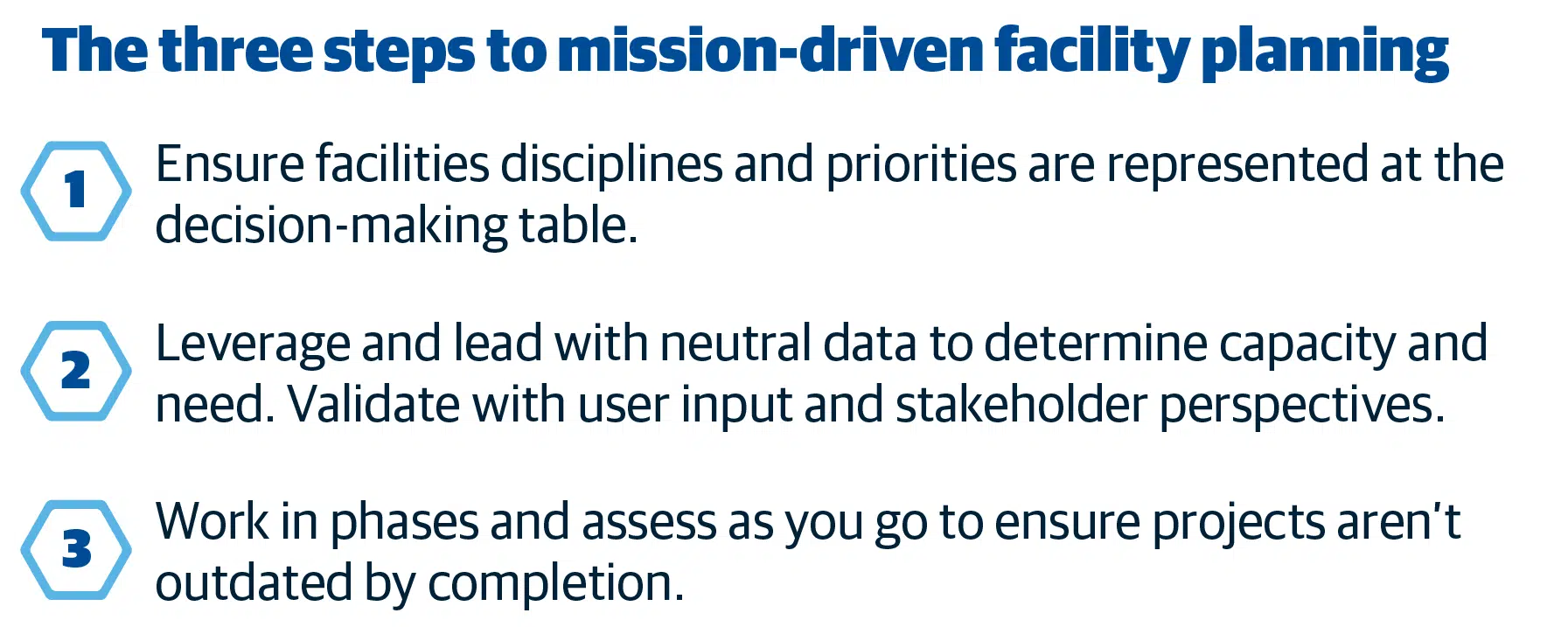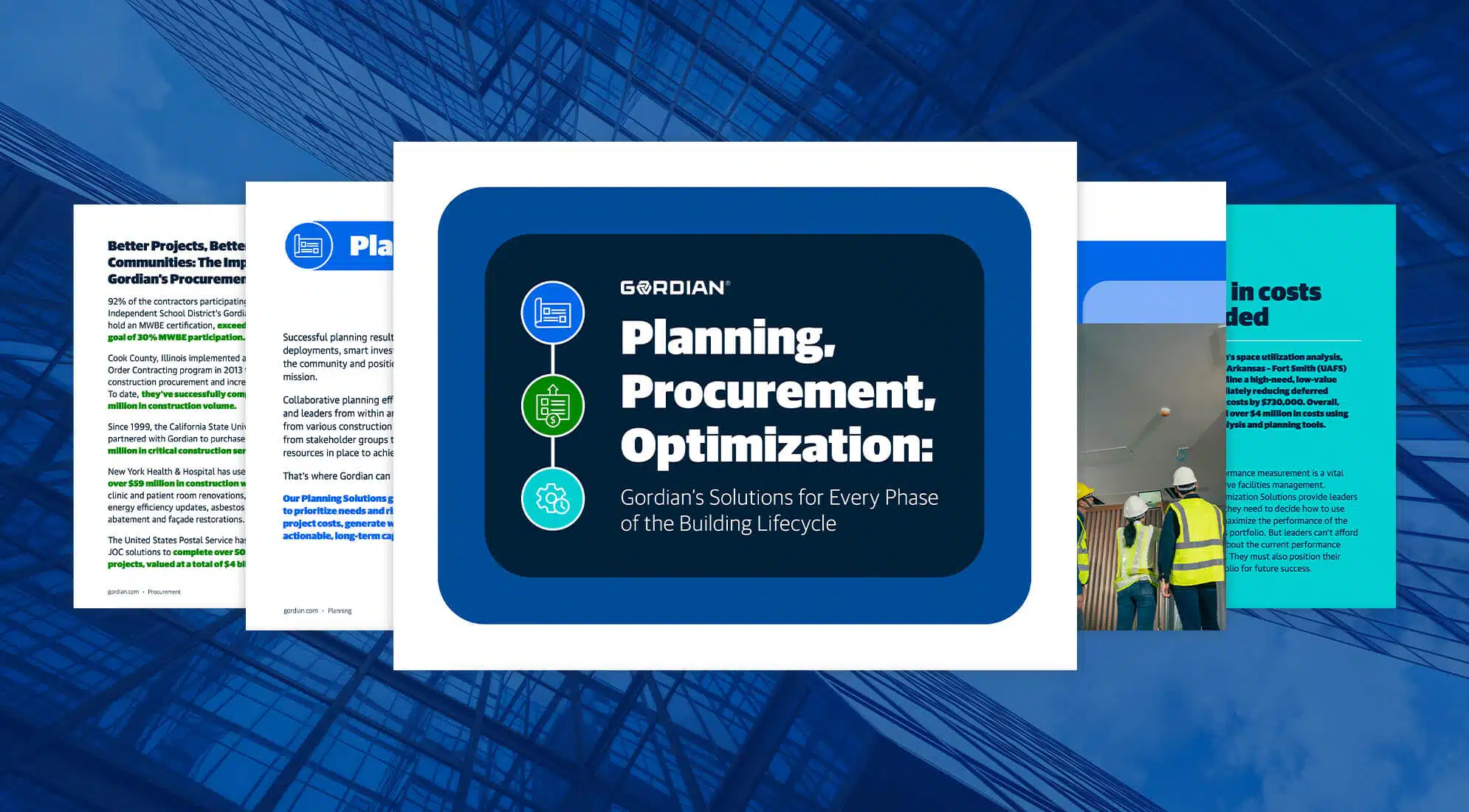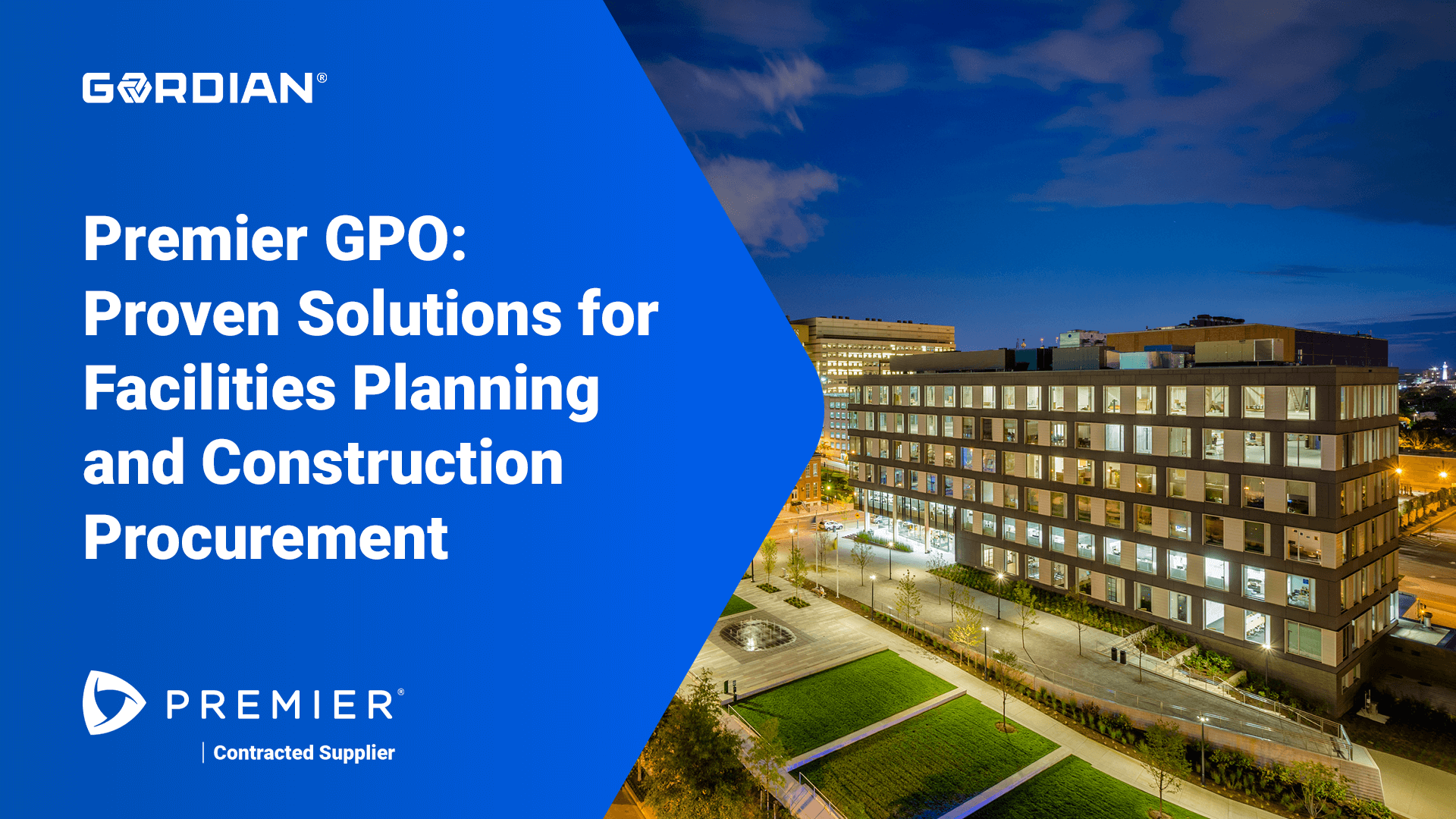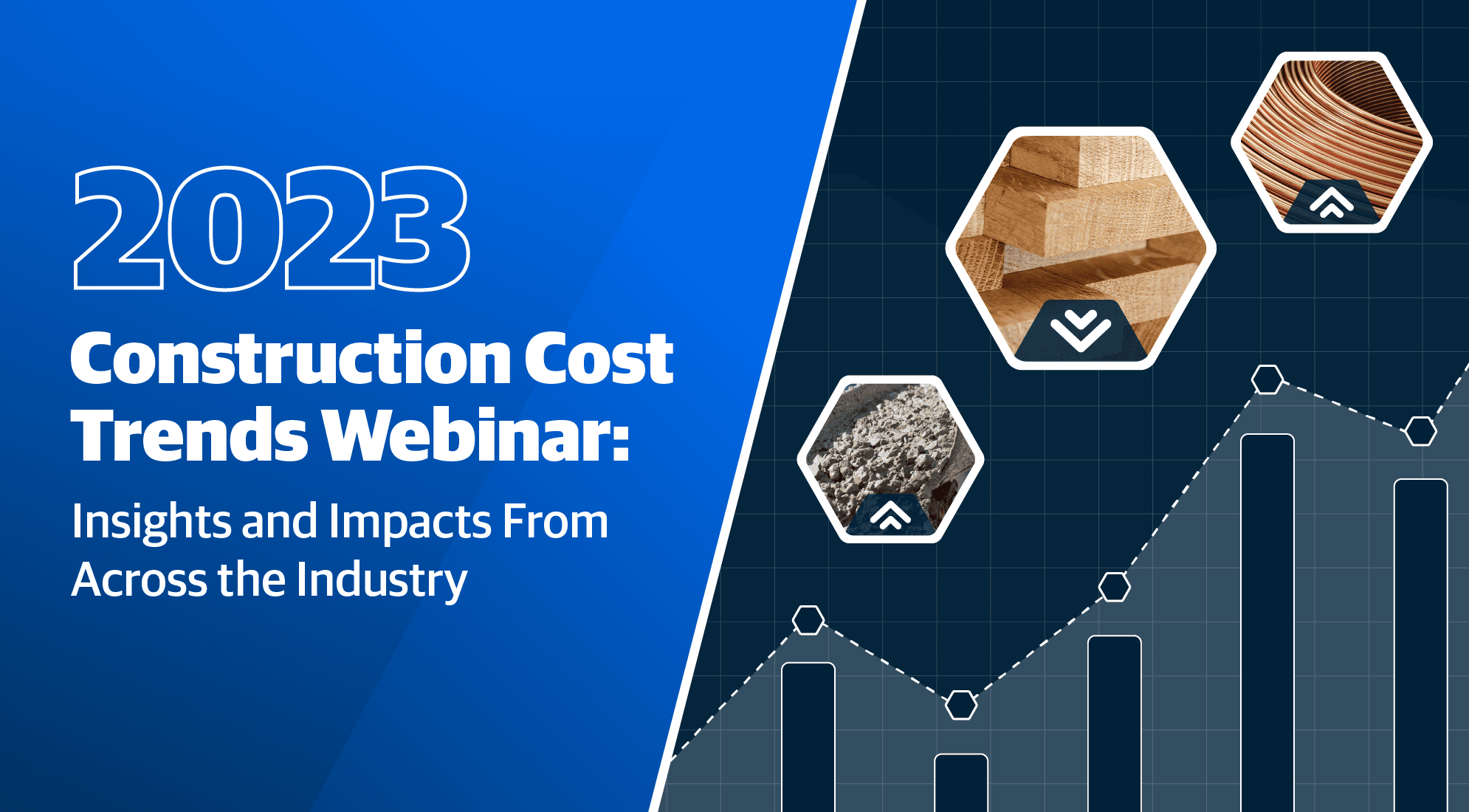At too many U.S. hospitals and health systems, facilities planning is approached by the leadership team as a means to an end rather than as a strategic activity essential to achieving the overall mission and vision of the organization. On its face, this perspective from the C-suite and boardroom makes sense. Healthcare leaders are in the business of providing lifesaving services and treatment, and accordingly, that is where most resources are allocated.
Strategic Facilities Planning Helps Achieve Your Mission
Failing to take a more strategic approach to facilities planning is a missed opportunity for healthcare leaders who are looking for innovative and sustainable approaches to fulfill their overall mission and long-term vision. Strategic design and construction of medical offices, hospitals and clinics can help organizations realize their goals and aspirations in a cost-effective manner. Additionally, as competition increases and the pressure to evolve to changing market conditions intensifies, the careful planning and design of facilities by leadership will be vital to success both now and in the decades ahead.
Recognizing the importance of facilities planning to mission and long-term vision — and thus elevating its importance in the C-suite and the boardroom — can also help with current challenges industry challenges. Healthcare organizations are dealing with immense financial and labor difficulties. A strategic focus on facilities planning by the C-suite and Board can counter some of those pressures, leading to cost savings, improved sustainability, better employee and patient experience, and greater efficiency.
Best Practices to Elevate Your Facilities Planning
Following a few years of slowdown due to the COVID-19 pandemic, construction projects are again in full swing. And as more care moves from acute care hospitals to lower-acuity and home settings, healthcare organizations are being forced to evaluate how their buildings are being used and ways to transform them for the future.
Industry front-runners are taking the opportunity to rethink where they want to go, an emerging and enterprise-wide need, as it’s becoming harder and harder to ensure compatibility between new organizational aspirations and the current physical portfolio. This is where an integrated facilities plan across the enterprise can ensure projects support the organization’s overall mission and vision.
Learn more about Gordian’s consultative, adaptable and software-powered capital planning tools.
An important way to achieve this integrated plan is to include a leader of the facilities planning team when Board members and the C-suite are discussing projects for existing and new facilities. Facilities planners are experts on the current capabilities and reinvestment needs of built structures, and they have invaluable insight into the feasibility and financial impact of new construction projects.
In order to have the facility planners’ voice at the table, institutional leaders must value their role and consider them an important part of the strategic dialogue taking place among the leadership team. This can help avoid situations where leadership sets lofty goals that facilities planning teams cannot realistically achieve. Additionally, when facility planners aren’t involved from the onset, projects can easily become delayed or grow incredibly expensive.
Embrace Data and Flexibility
Planning discussions should be backed up by data. While feedback from staff and patients can help glean what improvements to make, data is a neutral source of information that can be used to understand true capacity and demand.
Data to leverage for facility planning includes costs of operation (people, materials, utilities), deferred capital renewal needs and even the utilization of systems in service of operational demands. It should also include discharge data, patient length of stay and data from the Electronic Health Record to ensure institutional growth correlates with patient intake and care delivery volumes.
Too often, healthcare leaders are not leveraging this integrated understanding of data, resulting in the development of buildings that cannot meet current and future goals. This can impede leaders from making difficult yet important decisions that save money and resources. Conversely, integrated analysis of building systems data with hospital performance measures allows for a true understanding of facilities success.
Looking to leverage more informed planning? See the 4 steps for effective capital planning here.
If the pandemic showed the healthcare sector anything, it was the benefit of planning with flexibility in mind. Hospitals rose to the challenge, converting intensive care and med-surg units to spaces equipped to care for COVID-19 patients. Emergency rooms were adapted and hospitals created separate entrances and external waiting rooms for patients with symptoms.
The lesson here is that planning spaces that can easily be converted in the face of a public health emergency is essential. Flexibility is crucially important to make sure healthcare facilities are able to respond as quickly as possible to the remarkably dynamic evolution of medical practice.
A helpful approach to maintaining flexibility involves taking a phased approach to facilities planning. Facility projects can cost millions — sometimes even billions — of dollars. When plans are made that require an immense amount of investment all at once to be realized, there is a risk the plans are outdated by the time they are completed. Working in phases is one way for organizations to understand whether a design is still relevant or needs to be reevaluated before it’s fully implemented.
See how Gordian can help you in every phase of the building lifecycle.
How a Trusted Partner Can Help You Execute Your Mission-driven Facilities Planning
As hospitals and health systems gain a greater appreciation of how facilities planning can help fulfill their organization’s mission, it is important that leadership has the support of an established partner on this journey.
At Gordian, we work alongside healthcare organizations to create relevant and strategic facility planning programs, providing tools and support for facility managers and financial leaders to achieve leadership buy-in. We also help organizations gather and evaluate data sources pertinent to their facility planning goals.
Across our business, Gordian helps people make the best possible decisions for their future – and where possible, we help them use facilities resources most effectively to deliver on those decisions.








